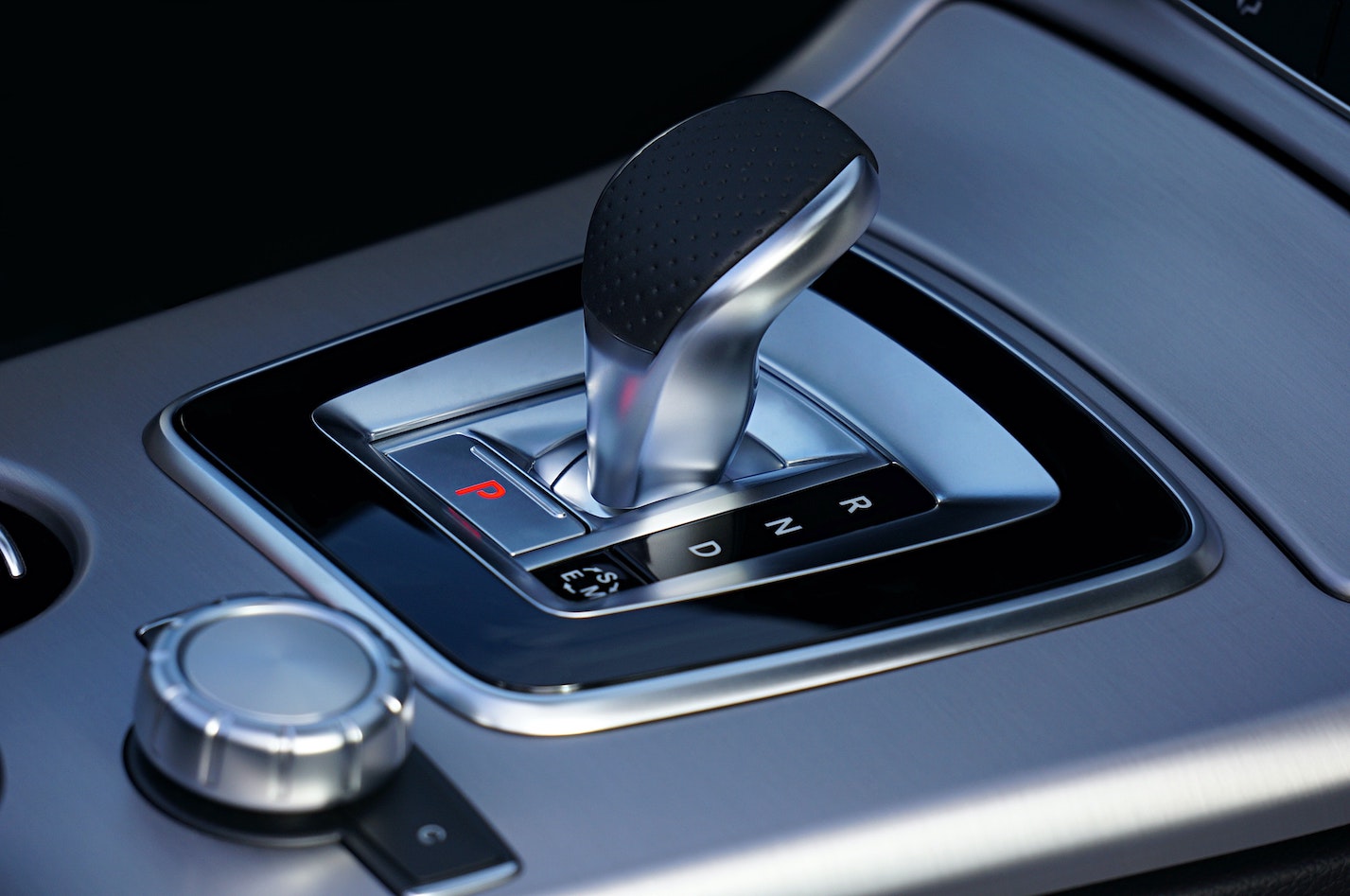
The automatic transmission is one of the most complex and hard-working components of your vehicle. While it is a huge convenience, the automatic transmission is not immune to problems. In this month’s blog, we examine the typical problems that you may experience with your automatic transmission, and ways to keep this workhorse in top condition through ongoing maintenance.
Common Transmission Problems
Your vehicle’s automatic transmission performs its function of changing gears without much intervention from the driver. Unlike the manual transmission, which requires driver intervention with the gear shift and clutch, the automatic transmission is simply activated when the driver puts the vehicle into Drive.
Once activated, the transmission senses changes in speed and torque to automatically move the vehicle through different gears.
Transmission Fluid
One of the more common problems impacting the automatic transmission is connected to the transmission fluid. Transmission fluid is vital for lubricating the parts, such as the gears, within the transmission. This fluid is recognizable by its sweet smell, and red color and not only lubricates parts but also helps to regulate the temperature of the moving parts.
- Low or dirty transmission fluid: Your automatic transmission will lose fluid naturally over time. It is important to check and replenish any lost fluid on a regular basis. If the fluid is not as translucent or is black, it should be changed.
- Transmission fluid leaks: If you notice pools of transmission fluid under the vehicle, it may be a sign of a leak. You may also sense a burning smell, or the transmission fluid warning light may be lit on the dashboard. Remember, small leaks only lead to larger ones. Loss of transmission fluid can easily affect your transmission parts because less fluid means more friction and damage.
If your automatic transmission is developing problems related to the fluid, you may hear or see specific signs, such as:
- Fluid leaks beneath the vehicle
- A burning smell from the engine
- Whining, screeching, humming and rattling sounds
Gears and Transmission Components
Your vehicle’s automatic transmission is designed to change the gears as your vehicle increases speed and torque. Gears are subjected to a lot of friction, movement, and heat. That is why transmission fluid is so important to keep the gears protected. Gears do get worn over time and this damage can cause them to become misaligned and fail.
If your automatic transmission is developing problems related to the gears, you may hear or see specific signs, such as:
- The transmission is slipping when changing gears, resulting in jarring or rough movement during acceleration. You may also feel grinding or shaking during acceleration.
- The vehicle acceleration is delayed, or you may not be able to shift into Reverse.
Maintaining the Automatic Transmission
Automatic transmission repairs can be very costly, which is why it is important to keep the transmission well-maintained. A few preventative maintenance items can go a long way in keeping your transmission problem free and in good working condition.
Keep these two tasks at the top of your transmission maintenance routine:
- Fluid Level Checks: The easiest way to keep your transmission maintained is to keep the transmission fluid at the proper level for your vehicle. Fluid levels should be checked periodically. Keep an eye on the ground beneath the vehicle for any signs of fluid leaks.
- Fluid Replacement: Your vehicle’s transmission fluid should be changed every 30,000 miles driven. Transmission fluid can degrade over time and become thick and less effective. Make sure to replace the transmission fluid filter as well.
Staying attentive to changes in your automatic transmission performance is another way to notice problems early. If you experience unusual sounds, smells, or sensations, get them checked by a service professional. Give us a call at Geller’s Automotive to schedule an appointment for a full inspection of your automatic transmission.



